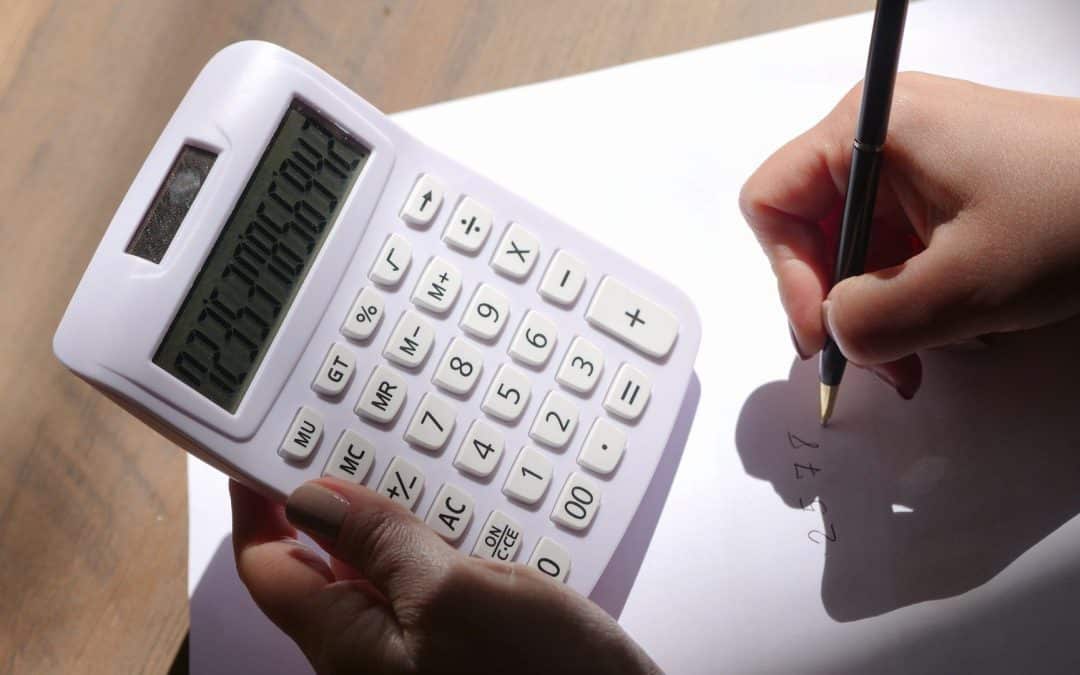To help businesses which have suffered losses as a result of the COVID-19 pandemic, the period for which certain trading losses can be carried back is extended from one year to three years. The extended carry-back period applies for both income tax and corporation tax purposes. If you have made losses as a result of the impact of the pandemic, you may be able to take advantage of the extended carry-back period to generate a welcome tax repayment. Guidance on the rules can be found on the Gov.uk website.
Income tax
Where a trading loss is made by an unincorporated business, there are a number of options available to relieve that loss. The options open to a particular business depend on when in the business lifecycle the loss is incurred, and also whether the business prepares its accounts using the cash basis or the accrual basis. The loss can be set against general income of the current and/or previous year, and also against future trading profits of the same trade, with special rules applying to relieve losses incurred in the early years of the trade, and in the final year.
One option for obtaining relief for a trading loss is to set the loss against general income of the year of the loss and/or the previous year. However, where accounts are prepared using the cash basis, sideways loss relief against other income or relief against capital gains is not permitted – the loss can only be set against trading profits of the same trade.
The temporary extension to the carry-back rules extends the period for which the loss can be carried back from one year to three years. Where a claim is made under the new rules, losses are set against the trading profits of a later year before those of an early year. Any loss carried back under the temporary carry-back rules can only be set against previous trading profits of the same trade – there is no extension to other income.
Relief for a 2020/21 loss
Unless the business is a new business to which the opening year basis period rules apply, a loss for the 2020/21 tax year will be a loss for an accounting period ending in that year, i.e., between 6 April 2020 and 5 April 2021.
The extended carry back is available where a claim is made to relieve the loss against general income of 2020/21 and/or 2019/20 and income in these years is insufficient to utilise the full loss. The unrelieved loss can be carried back and set against trading profits of 2018/19 and, to the extent that any of the loss remains unrelieved, against trading profits of 2017/18. It is not possible to tailor the loss to preserve personal allowances — it must be set in full against the available trading profits.
To the extent that the loss remains unrelieved after making a claim under the extended carry-back rules, it can be carried forward for relief against future profits of the same trade.
Relief for a 2021/22 loss
The extended carry-back period is also available for a 2021/22 loss. For an established business, this will be a loss for an accounting period which ends between 6 April 2021 and 5 April 2022.
As with a loss for 2020/21, the temporary rules allow a loss for 2021/22 which cannot be fully relieved against income of 2021/22 and 2020/21 to be carried back. The unrelieved loss can be set first against trading profits of the same trade for 2019/20 and, to the extent that any of the loss remains unrelieved, against trading profits of 2018/19.
If a claim has been made to relieve a 2020/21 loss against general income of 2019/20, this takes precedence over a claim to carry back a 2021/22 loss against trading profits of 2019/20 under the new rules.
Cap on loss relief
The normal cap on loss relief of £50,000 or, where higher, 25% of adjusted net income, does not apply to losses relieved under the extended carry-back rules. Instead, the loss that can be carried back for each year is capped at £2 million.
Corporation tax
For corporation tax purposes, a loss can be carried back and set against profits from the same trade for the previous accounting period or carried forward and set against future profits of the same trade. The period for which losses can be carried back is extended from one year to three years for a limited period.
The extended carry-back period applies to losses for accounting periods ending between 1 April 2020 and 31 March 2022. For each accounting period, the loss that can be carried back under the new rules is capped at £2 million. Where a company is part of a group, the cap applies to the group as a whole. Losses carried back must be set against the profits of a later period before those of an earlier period.
Benefits of carrying a loss back
The ability to carry-back for losses can be beneficial where this generates a repayment of tax already paid for a previous year. This will be particularly true for companies within the charge for corporation tax.
For unincorporated businesses the position is more complex where carrying back a loss results in personal allowances being wasted. Where this is the case, and the trader expects to return to profit, it may be preferable to carry the loss forward for use against future trading profits of the same trade. The best result will depend on individual circumstances and priorities, and there is no substitute for doing the sums.
Speak to us
If you have realised a loss, or expect to, as a result of the impact of the COVID-19 pandemic, speak to us to find out how best to obtain relief for that loss: Pi Accountancy | Expert Business Advice | Gloucester & Swindon (pi-accountancy.co.uk)

